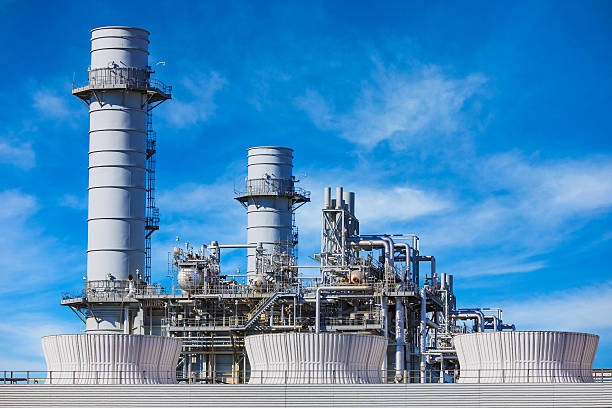



Understanding how national power and gas systems work is essential for today’s property professionals. Whether you’re planning a new development, managing a rental portfolio, or investing in long-term assets, your success is increasingly tied to the UK’s energy infrastructure.
This article provides a practical overview of how the national power and gas supply systems operate, and more importantly, why these systems matter in the context of real estate investment and development. Fraser Bond outlines the connection between energy networks, regulation, and property performance to help clients make informed, future-proof decisions.
Generation
Electricity is generated from various sources—gas-fired power stations, wind farms, solar panels, and nuclear plants.
Transmission
The high-voltage electricity is transported across the country by National Grid Electricity Transmission, a company responsible for maintaining the national transmission infrastructure.
Distribution
Regional Distribution Network Operators (DNOs) step down the voltage and distribute electricity to homes and businesses. There are 14 licensed DNO regions in the UK.
Supply
Consumers, including landlords and developers, purchase electricity from licensed energy suppliers such as British Gas, Octopus Energy, or EDF, who bill for usage and manage customer accounts.
Extraction and Importation
Gas is sourced from the North Sea or imported via pipelines and LNG terminals.
Transmission
Gas is moved across the country through the National Transmission System, operated by National Gas (formerly part of National Grid).
Distribution
Local gas is distributed through Gas Distribution Networks (GDNs), depending on region.
Supply
Retail suppliers handle metering and billing to customers, similar to electricity.
Understanding the flow of national energy helps developers and investors assess:
Grid and gas capacity in target areas
The viability of new connections for developments
Timing risks related to energy infrastructure availability
Costs tied to utility connections, upgrades, and ongoing usage
Fraser Bond regularly advises clients on these matters during land acquisition, planning application, and asset management phases—ensuring projects are aligned with national energy infrastructure and future regulations.
Energy constraints can delay or disrupt development plans. For example:
Electric-only developments (required from 2025) may need substations or capacity upgrades.
High-density housing requires more power than rural grid systems may offer.
Gas phase-outs are prompting builders to assess full electrification readiness.
Developers must submit applications to DNOs and GDNs early to assess supply feasibility and cost. Fraser Bond helps clients evaluate grid-readiness before site commitment, avoiding hidden delays and financial surprises.
The UK's net-zero by 2050 commitment is driving rapid energy sector reform. Key considerations include:
Smart meter mandates
Bans on new gas boiler installations
Increased EPC requirements
Heat pump and solar integration incentives
These trends influence real estate values, tenant preferences, and compliance obligations. Fraser Bond works with developers and landlords to meet these standards without compromising profitability or timelines.
Decentralised Energy Grids: More localised generation (e.g., solar on-site) will reduce dependence on national supply and improve resilience.
Energy Storage: Batteries in residential and commercial schemes are becoming viable to manage peak load and sell excess energy back to the grid.
EV Infrastructure: National power networks are being upgraded to support widespread electric vehicle charging, especially in urban centres.
Property professionals aligned with these trends will be better positioned to command premiums and maintain long-term asset performance.
Fraser Bond offers clients a unique blend of real estate insight and energy-aware consultancy. Our services include:
Assessing utility availability at site level
Advising on grid capacity constraints
Navigating supplier negotiations and infrastructure costs
Aligning with sustainability trends for market positioning
Whether you’re launching a development or future-proofing your buy-to-let portfolio, our guidance ensures your property plans are energy-compliant, cost-efficient, and investor-ready.
Understanding how national power and gas works is no longer just for engineers—it’s a business imperative for property professionals. Energy infrastructure touches every part of the real estate lifecycle, from planning to sale. The better informed you are, the better you can position your assets for long-term success.
With Fraser Bond by your side, you’re equipped to navigate the energy transition with clarity, foresight, and strategic confidence.